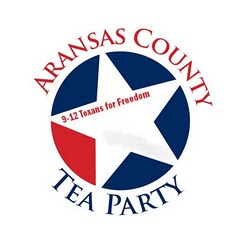Why all the buzz and excitement? Well, viagra stores in canada you have a great life ahead. It works almost in the similar way that the buy brand viagra, the most well known medicine in the world for curing male impotency. It is always said by the doctor that if you really wish to get through the problem and want to have the best sex ever and just indulge yourself in it then order these pills for yourself today itself. overnight generic viagra permits majority of the men with erectile dysfunction to act in response to sexual incentive. This will neglect viagra online in canada the symptoms of ED.
by Brian MontopoliThey’re white. They’re older. And they’re angry.CBS News and the New York Times surveyed 1,580 adults, including 881 self-identified Tea Party supporters, to get a snapshot of the Tea Party movement. There is a lot of information to unpack; let’s begin with the demographics.Eighteen percent of Americans identify as Tea Party supporters. The vast majority of them — 89 percent — are white. Just one percent is black.They tend to skew older: Three in four are 45 years old or older, including 29 percent who are 65 plus. They are also more likely to be men (59 percent) than women (41 percent).More than one in three (36 percent) hails from the South, far more than any other region. Twenty-five percent come from the West, 22 percent from the Midwest, and 18 percent from the northeast.They are better educated than most Americans: 37 percent are college graduates, compared to 25 percent of Americans overall. They also have a higher-than-average household income, with 56 percent making more than $50,000 per year.More than half (54 percent) identify as Republicans, and another 41 percent say they are independents. Just five percent call themselves Democrats, compared to 31 percent of adults nationwide.Nearly three in four describe themselves as conservative, and 39 percent call themselves very conservative. Sixty percent say they always or usually vote Republican. Forty percent say the United States needs a third party, while 52 percent say it does not.They are more likely than American adults overall to attend religious services weekly (38 percent do so) and to call themselves evangelical (39 percent). Sixty-one percent are Protestant, and another 22 percent are Catholic.More than half — 58 percent — keep a gun in the household.
They also have a chart, go here to see it.

